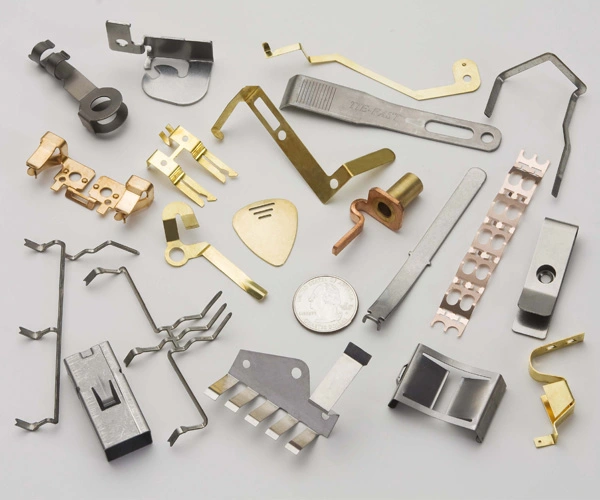

Material: Zinc plated steel
Surface: Zinc plated/Painting
Customized Size
Tolerance: ±0.2mm
China stamping auto parts, forming metal cover shape by the mold, automobile punching and blanking, punch stamping
The materials used for stamping should not only meet the technical requirements of product design, but also meet the requirements of stamping process and post stamping processing (such as cutting, electroplating, welding, etc.). The basic requirements for materials in stamping technology mainly include:
1. Requirements for stamping forming performance:
For the forming process, in order to facilitate stamping deformation and improve the quality of the parts, the material should have good plasticity (uniform elongation 6b high), yield strength ratio ( σs/ σ b) Small, large directional coefficient of plate thickness, small directional coefficient of plate plane, and small ratio of yield strength to elastic modulus ( σs/E) of the material.
For the separation process, it is not necessary for the material to have good plasticity, but it should have a certain degree of plasticity. Materials with better plasticity are less likely to separate.
2. Requirements for material thickness tolerance:
The thickness tolerance of the material should comply with national standards. Because a certain gap in the mold is suitable for a certain thickness of material, the material thickness tolerance is too large, which not only directly affects the quality of the workpiece, but may also lead to damage to the mold and punching machine.
3. Requirements for surface quality
The surface of the material should be smooth and flat, without layering or mechanical damage, rust spots, oxide skin, and other attachments. Materials with good surface quality are not easy to break or scratch the mold during stamping, and the surface quality of the workpiece is also good.
